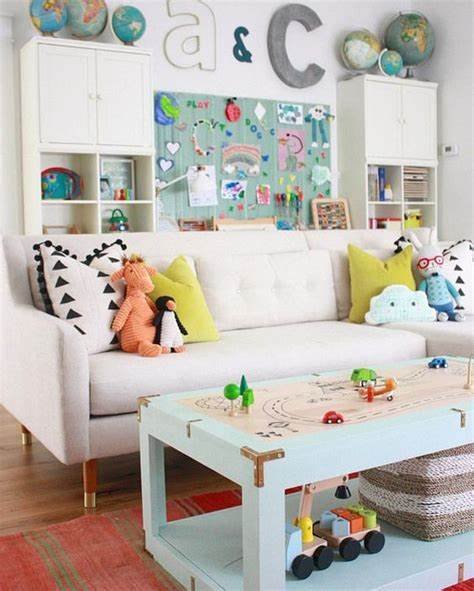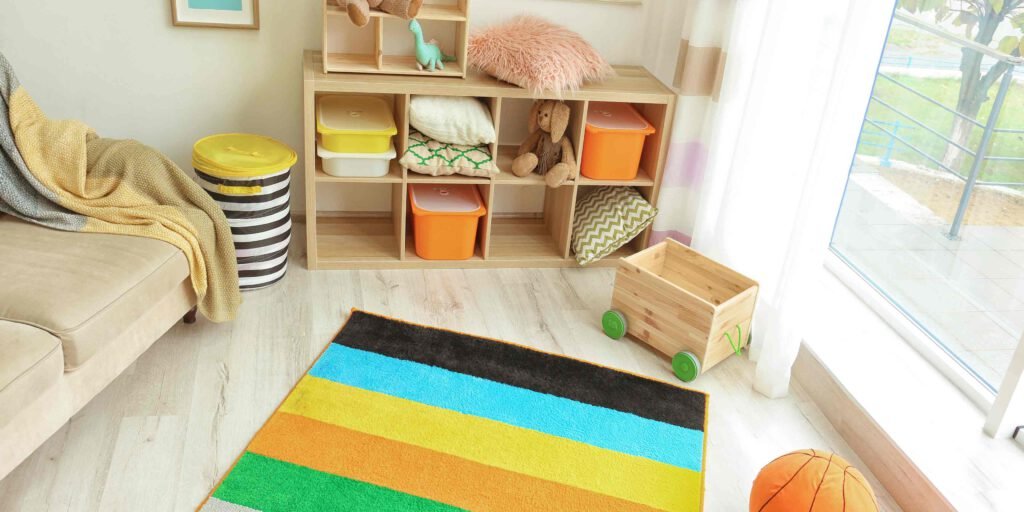Outdoor play is essential for a child’s physical and mental well-being. A well-designed outdoor play space provides endless opportunities for fun, creativity, and learning while ensuring safety. Here’s how to create an outdoor area that kids will love and parents can trust.
. Select a Suitable Location
Choosing the right spot in your yard or community is the first step in creating an outdoor play area.
Tips for location:
- Opt for flat, open spaces to reduce tripping hazards.
- Choose a shaded area or add protection like canopies or umbrellas to guard against the sun.
- Ensure visibility so parents or guardians can easily supervise.
2. Focus on Safety First
Safety is the foundation of any outdoor play space.
Safety measures to consider:
- Use soft surfaces like rubber mats, sand, or grass under play equipment.
- Regularly inspect structures for sharp edges, loose parts, or splinters.
- Install fences or barriers to keep kids within the designated area.
3. Include Age-Appropriate Equipment
The play area should cater to the age and abilities of the children using it.
Suggestions for equipment:
- Swings, slides, and climbing frames for toddlers and young kids.
- Balance beams or zip lines for older children.
- Interactive items like sandboxes or water play stations for sensory play.
4. Encourage Physical Activities
Outdoor play areas should inspire kids to stay active and healthy.
Ideas for promoting movement:
- Add a mini soccer field, basketball hoop, or hopscotch grid.
- Set up obstacle courses with hula hoops, cones, and tunnels.
- Provide bikes, scooters, or ride-on toys for exploring the area.
5. Foster Creativity with Open-Ended Play Features
Allow children to explore their imaginations by incorporating versatile elements.
Examples:
- Large wooden blocks for building forts or towers.
- A stage or open area for role-playing and performances.
- Chalkboards or outdoor easels for drawing and expressing creativity.

6. Incorporate Nature into the Space
Nature-based play enhances children’s connection to the environment and boosts creativity.
Ways to include nature:
- Plant a garden for kids to learn about flowers, vegetables, and herbs.
- Create natural play zones with logs, rocks, and tree stumps.
- Add a birdhouse or butterfly feeder to spark curiosity about wildlife.
7. Provide Comfortable Seating and Shade
Kids need breaks during play, so ensure a cozy area for resting and rehydrating.
Comfortable options:
- Install benches, picnic tables, or beanbags under shaded areas.
- Use waterproof cushions or hammocks for lounging.
- Keep water bottles, sunscreen, and snacks nearby for convenience.
8. Ensure Easy Maintenance
A well-maintained space stays safe and enjoyable for kids.
Maintenance tips:
- Clean the play area regularly to remove dirt and debris.
- Repair or replace damaged equipment promptly.
- Use weather-resistant materials for durability in all seasons.
9. Add Educational Elements
Outdoor play can also serve as a learning experience.
Educational ideas:
- Add an outdoor chalkboard for practicing numbers or letters.
- Install a weather station to teach kids about temperature, wind, and rain.
- Include puzzles or problem-solving games built into the play structures.
10. Get Kids Involved in the Design
Children are more likely to enjoy a space they helped create.
How to involve them:
- Ask for their input on colors, themes, or equipment choices.
- Let them decorate with painted rocks or handmade crafts.
- Organize regular activities or playdates to keep the space vibrant.
Conclusion
An outdoor play space can be a haven for kids to explore, grow, and stay active. By focusing on safety, creativity, and fun, you can create an area that nurtures your child’s development while providing countless hours of joy.










